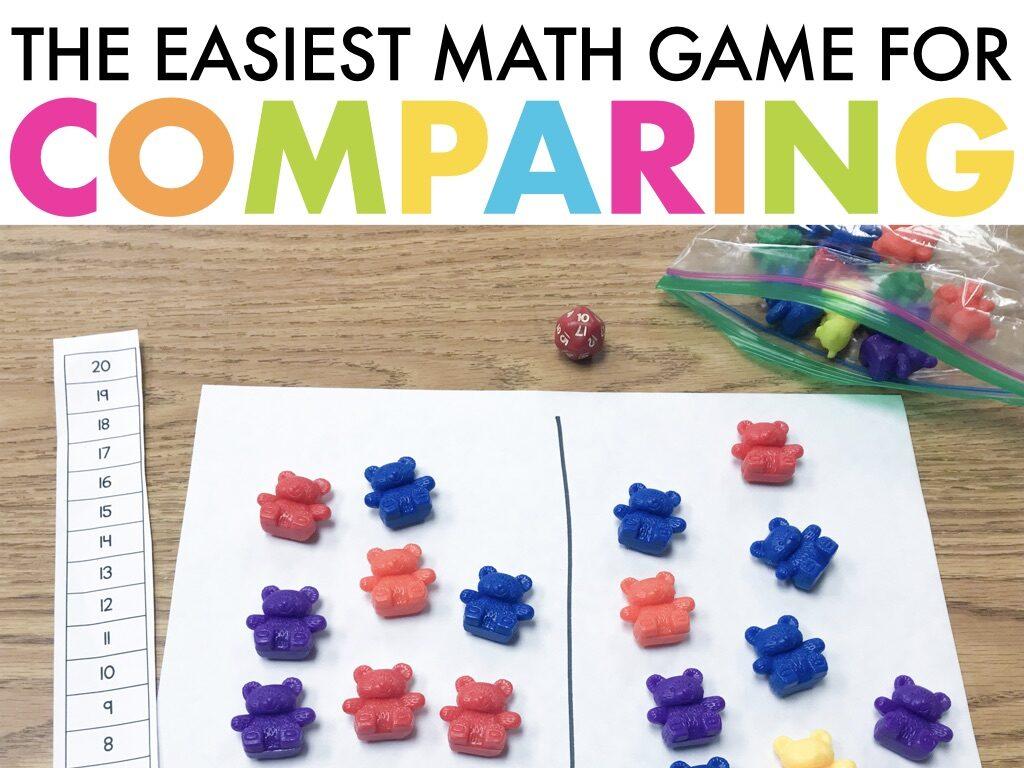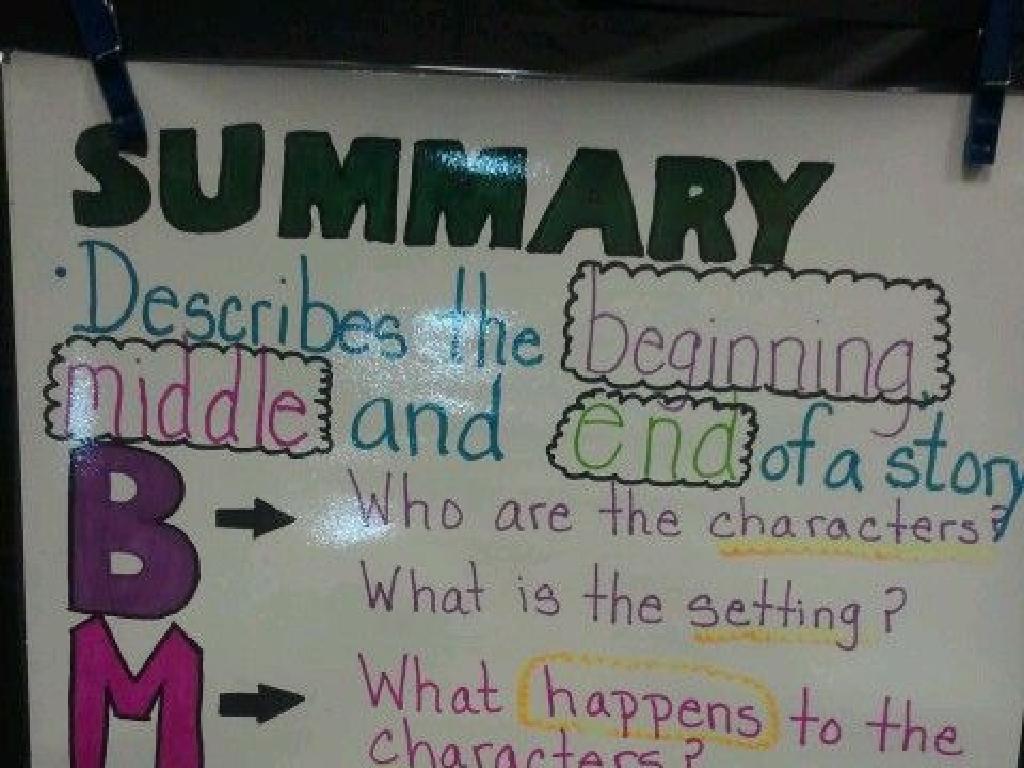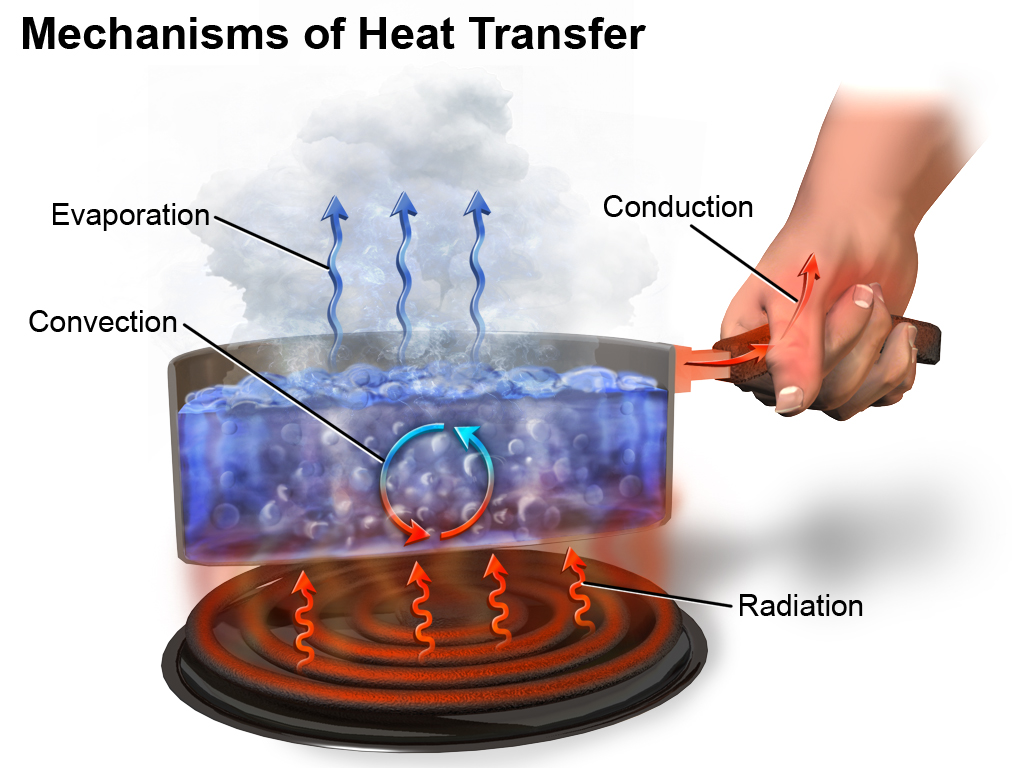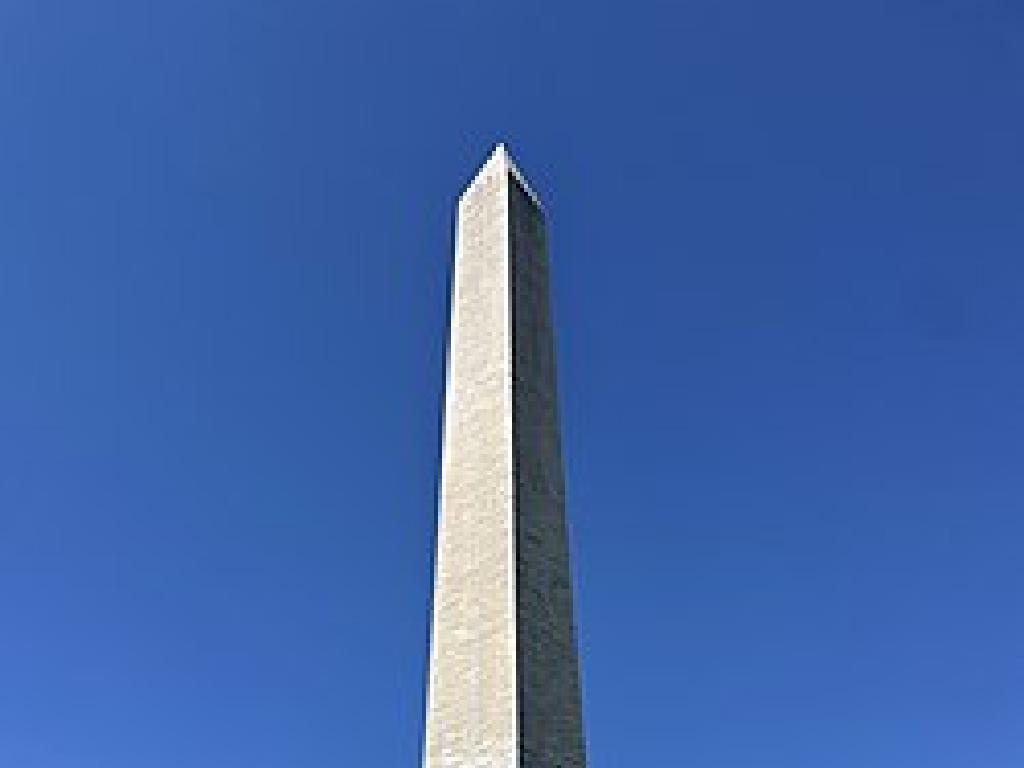Similes And Metaphors With Pictures
Subject: Language arts
Grade: Fourth grade
Topic: Literary Devices
Please LOG IN to download the presentation. Access is available to registered users only.
View More Content
Exploring Similes and Metaphors
– Similes compare with ‘like’ or ‘as’
– ‘As busy as a bee’ shows someone is very busy
– Metaphors show one thing is another
– ‘Life is a rollercoaster’ means life is full of ups and downs
– Writers paint pictures in our minds
– Similes and metaphors enrich writing
– They add flavor and understanding to stories and poems
|
Today’s lesson is about understanding similes and metaphors, which are key literary devices used to create vivid imagery and express complex ideas in simple terms. Similes use ‘like’ or ‘as’ to make comparisons, helping readers connect new ideas to familiar ones. Metaphors, on the other hand, directly state that one thing is another, providing a strong image and implying deeper meanings. By using these tools, writers can paint pictures with words, making their writing more engaging and relatable. Discuss why similes and metaphors are important in writing, and how they help readers to visualize and feel the writer’s ideas. Encourage students to think of their own examples and understand how these devices make stories and poems more enjoyable.
Understanding Similes
– Similes compare two things
– A simile uses ‘like’ or ‘as’ to show similarities, e.g., ‘as brave as a lion’.
– Use ‘like’ or ‘as’ in similes
– Example: Quick cat simile
– ‘The cat was as quick as lightning’ shows how fast the cat is by comparing it to lightning.
– Similes boost imagination
– They help us picture one thing by relating it to another familiar thing.
|
This slide introduces the concept of similes to the students. Begin by explaining that a simile is a figure of speech that compares two different things to highlight a similarity between them, and it’s done using the words ‘like’ or ‘as’. Provide the example ‘The cat was as quick as lightning’ to illustrate how similes work. Explain that similes are useful because they help us understand and imagine how something is by comparing it to something we already know. Encourage students to think of their own similes and consider how these comparisons can make descriptions more vivid and interesting.
Creating Our Own Similes
– Write similes about classmates
– Use ‘like’ or ‘as’ in your similes
– Compare a quality to something
– Think of what your friends do best
– Example: ‘Brave as a lion’
– ‘My friend is as brave as a lion’ shows courage
|
This slide is designed to engage students in creating their own similes, a key literary device. Encourage them to observe their classmates and think of positive qualities they possess. They should then compare these qualities to something that is commonly known for that characteristic, using ‘like’ or ‘as’ to construct the simile. For example, if a classmate is very smart, they might say, ‘My friend is as smart as an owl.’ Provide guidance on how to choose appropriate comparisons and ensure that the similes are respectful and kind. This activity will help students understand how similes can create vivid images and convey characteristics effectively in writing. Have a few more examples ready to inspire creativity, and prepare to help students who may struggle with coming up with ideas on their own.
Understanding Metaphors
– Metaphor: a direct comparison
– No ‘like’ or ‘as’ used
– Example: ‘Time is a thief’
– Suggests time steals moments like a thief
– Metaphors show new perspectives
– Helps us see concepts differently
|
A metaphor is a figure of speech that directly compares two different things by stating that one is the other. Unlike similes, metaphors do not use the words ‘like’ or ‘as’ for the comparison. For example, saying ‘Time is a thief’ implies that time steals away our moments just as a thief would steal treasures. Metaphors are powerful because they can create strong images and suggest a deeper meaning or a new way of looking at something familiar. Encourage students to think of their own metaphors and how these comparisons can give us a fresh perspective on everyday objects or ideas.
Exploring Metaphors
– Identify metaphors in sentences
– Find sentences where one thing is said to be another
– Discuss metaphor meanings
– What does the metaphor tell us about the object or person?
– Example: Classroom as a zoo
– ‘The classroom was a zoo during recess’ suggests it was noisy and chaotic
|
This slide is aimed at helping students understand the concept of metaphors. A metaphor is a figure of speech that describes an object or action in a way that isn t literally true, but helps explain an idea or make a comparison. Start by having students identify metaphors in provided sentences. Then, engage the class in a discussion about what each metaphor suggests about the object or person being described. Use the example ‘The classroom was a zoo during recess’ to illustrate how metaphors function to convey a vivid image or concept, in this case, the unruly and wild atmosphere of a classroom during recess. Encourage students to visualize and share what they imagine when they hear this metaphor.
Similes vs. Metaphors: Making Comparisons
– Both compare two things
– Similes use ‘like’ or ‘as’
– Example: as brave as a lion, like a high-speed train
– Metaphors do not use ‘like’ or ‘as’
– Example: He is a shining star
– Both enhance writing creatively
– They make descriptions more vivid and interesting
|
This slide introduces students to the concepts of similes and metaphors, which are both literary devices used to make comparisons and add flair to writing. Similes explicitly use the words ‘like’ or ‘as’ to show similarities between two different things, while metaphors directly state a comparison without using ‘like’ or ‘as’. For instance, saying ‘She swims like a fish’ is a simile, but saying ‘She is a fish in the water’ is a metaphor. Encourage students to think of their own examples and understand how these devices can make their writing more descriptive and engaging.
Let’s Practice Similes and Metaphors!
– Complete the worksheet exercises
– Simile or metaphor? Decide
– Does it use ‘like’ or ‘as’? It’s a simile. Otherwise, it might be a metaphor.
– Create your own similes
– Use ‘like’ or ‘as’ to compare two things.
– Invent your own metaphors
– Describe something as if it is something else.
|
This slide is for a class activity where students will apply their knowledge of similes and metaphors. Provide worksheets with sentences where students must identify whether a simile or metaphor is used. After identification, encourage students to create their own examples of similes and metaphors. For similes, they should use ‘like’ or ‘as’ to compare two different things, such as ‘as brave as a lion’. For metaphors, they should describe something by stating it is something else, like ‘time is a thief’. Offer guidance and examples, and ensure to provide positive feedback to foster a supportive learning environment.
Class Activity: Simile and Metaphor Art
– Draw your favorite simile or metaphor
– Explain your choice and its meaning
– Why does this simile/metaphor speak to you? What does it compare?
– Share your art and thoughts with the class
– Listen and learn from classmates’ creations
– What can you learn from others’ perspectives?
|
This activity is designed to help students understand and apply similes and metaphors creatively. By drawing a picture related to a simile or metaphor, students will engage with the material in a hands-on way. Encourage them to think about why they chose their particular simile or metaphor and what comparisons are being made. After sharing, facilitate a discussion where students can reflect on the different interpretations and learn from each other’s insights. Possible activities: 1) Draw a lion and describe it as ‘as brave as a lion’, 2) Illustrate a very busy bee and explain the metaphor ‘busy as a bee’, 3) Create a picture of a heart and compare it to a metaphor like ‘heart of gold’, 4) Draw a light bulb and use the simile ‘as bright as a light bulb’ to describe a smart idea, 5) Illustrate a mountain and use the metaphor ‘an immovable mountain’ to describe someone very determined.
Enhancing Writing with Similes and Metaphors
– Review similes and metaphors
– Similes compare using ‘like’ or ‘as’, metaphors do direct comparison.
– They add color to writing
– Descriptions become more engaging and paint a picture.
– Make stories come alive
– Like a painter uses colors, writers use these to illustrate scenes.
– Use them in your stories
|
As we wrap up, remember that similes and metaphors are powerful tools that make our writing more descriptive and interesting. By comparing things using ‘like’ or ‘as’ for similes, or by stating that something ‘is’ something else in metaphors, we create vivid images in the reader’s mind. Encourage students to think creatively and use these literary devices to add depth to their stories. Provide examples like ‘as brave as a lion’ or ‘the classroom was a zoo’ to illustrate the point. For homework, ask students to write a short paragraph describing a place or an event using at least two similes and two metaphors.




